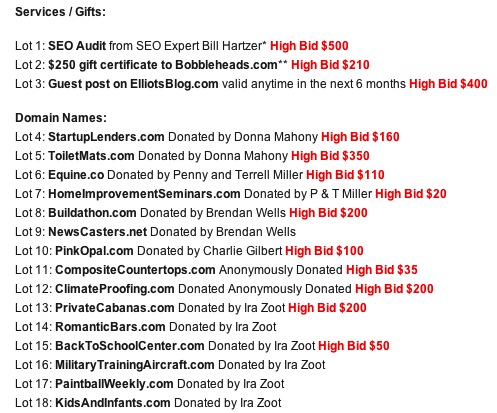I just purchased an advance copy of XHeaderPro (being released tomorrow) and thought I would take a few minutes to highlight some of its features. The program is made by the same company which makes XSitePro, a turn key web site building program which sells for $297.
XheaderPro ($37) is a much simpler program which does one thing and does it well – it lets graphically challenged users (like me) create professional looking headers in just a few minutes. It’s basically a turn key web site header designer which works as follows…
- Select one of 5000 graphic templates to start with
- Add text or additional graphics and arrange them in any order
- Add advanced features (e.g. outline, drop shadow, transparency, glow, etc.) by using check boxes and sliders
- Resize the header to match your site or blog and use the program’s example headers to select a final size and quality setting.
- Headers can be saved in JPG or PNG format as well as the programs proprietary XHF format which allows you to edit the header objects at a later time.
Here is a quick screen shot tour I made of my initial experience with the program…

Template selector lets you choose from 5000 templates to start your design

Add text and graphics to your template and select special effects and color palettes.

Resize header to fit your web site or blog template.

Final header can be saved as a JPG or PNG file

Quality level wizard lets you reduce file size of the header without worrying about compression settings.
Summary
In my opinion, the best part of this program is its 5000 graphical templates and the ability to customize them without using additional graphics programs like Photoshop. The interface is quite easy to use and is very user friendly. I have a sneaking suspicion that even a few graphic designers may use this program to quickly prototype headers for clients as headers can be created in about 5 minutes a piece and the quality rivals many of the header template services.
The program is scheduled to launch tomorrow morning and will be selling for $47, however I was able to purchase a discounted copy ($37) this afternoon by visiting their site and clicking on their ‘free trial’ button. This presented me with a ‘Download FREE Copy’ screen. After entering in my contact info I received a screen which gave me the discounted $37 offer.
Relationship Disclosure / Hype Warning: I’ve been an XSitePro user for several years and am a member of their affiliate program. I’m a big fan of their software, but think that their sales pages are a little long and are written in a typical Internet Marketing sales page style. That said, both products are first rate.




































{ 2 comments… read them below or add one }
I tried out this program and I like it when creating simple headers its quick and easy to use.
Good review
@TeenDomainer – Thanks – I was pretty excited to try it out as my graphic design skills are definitely limited!